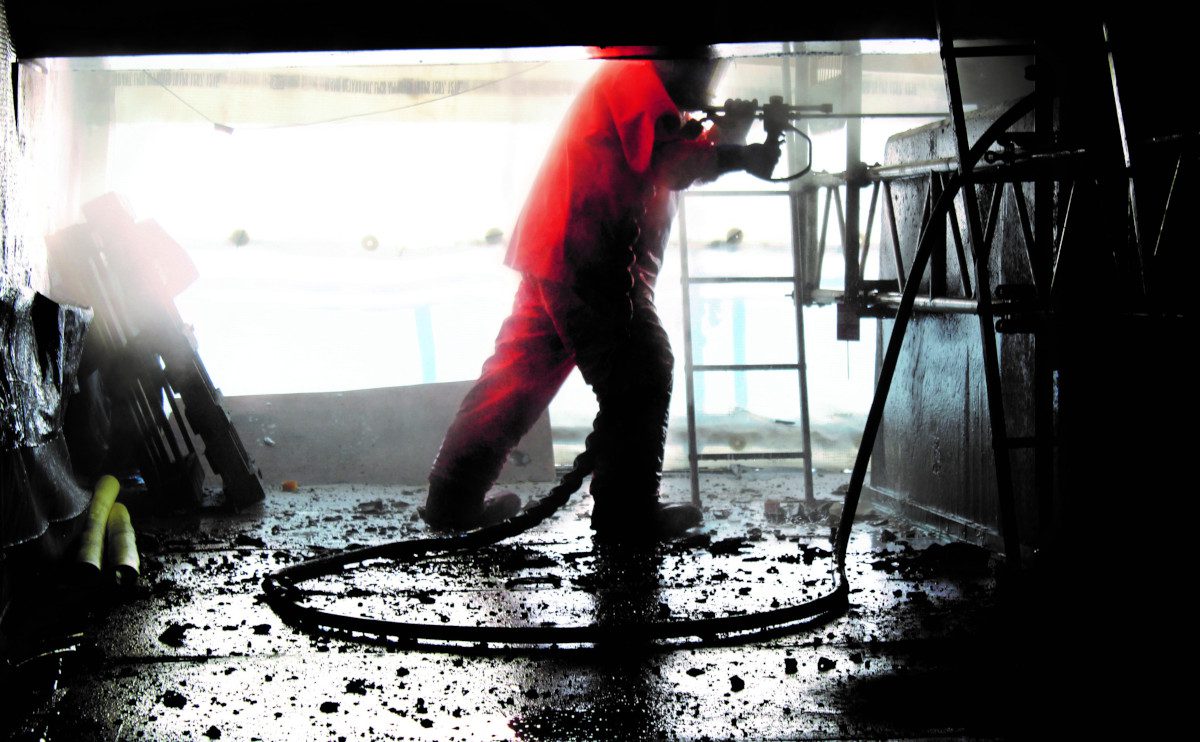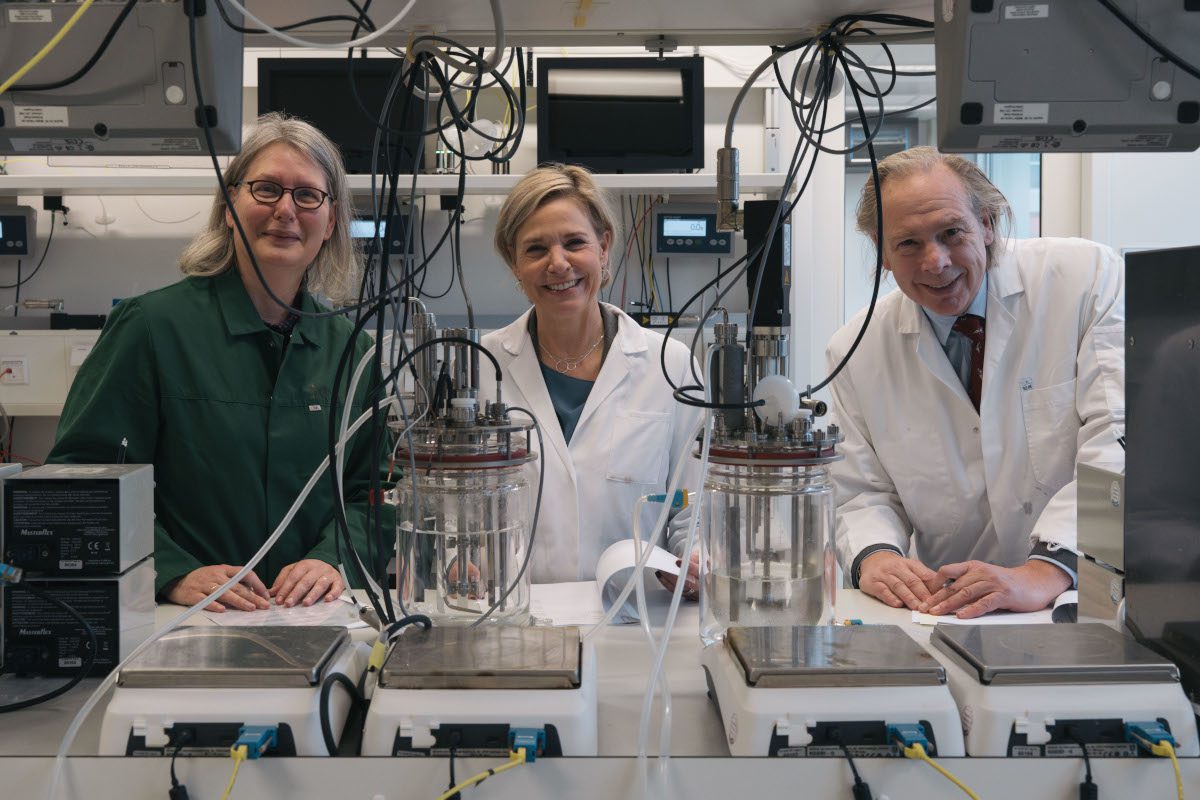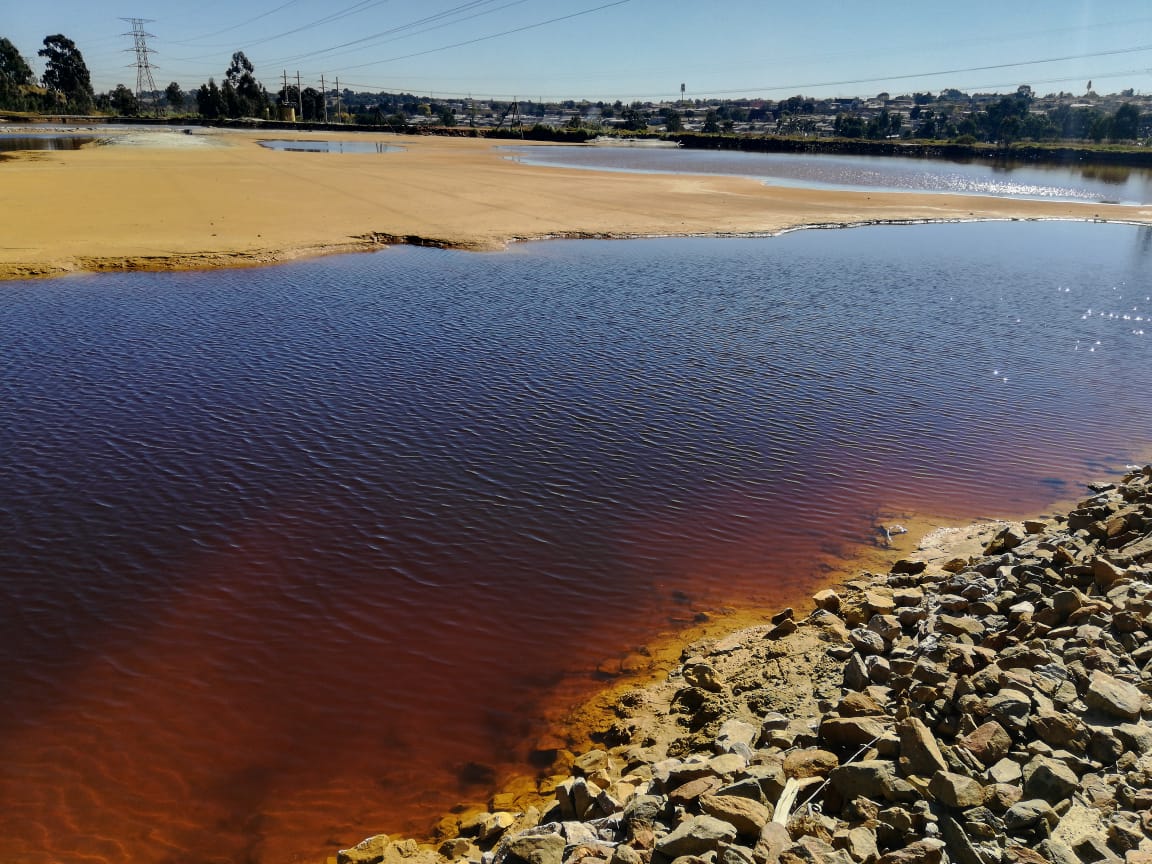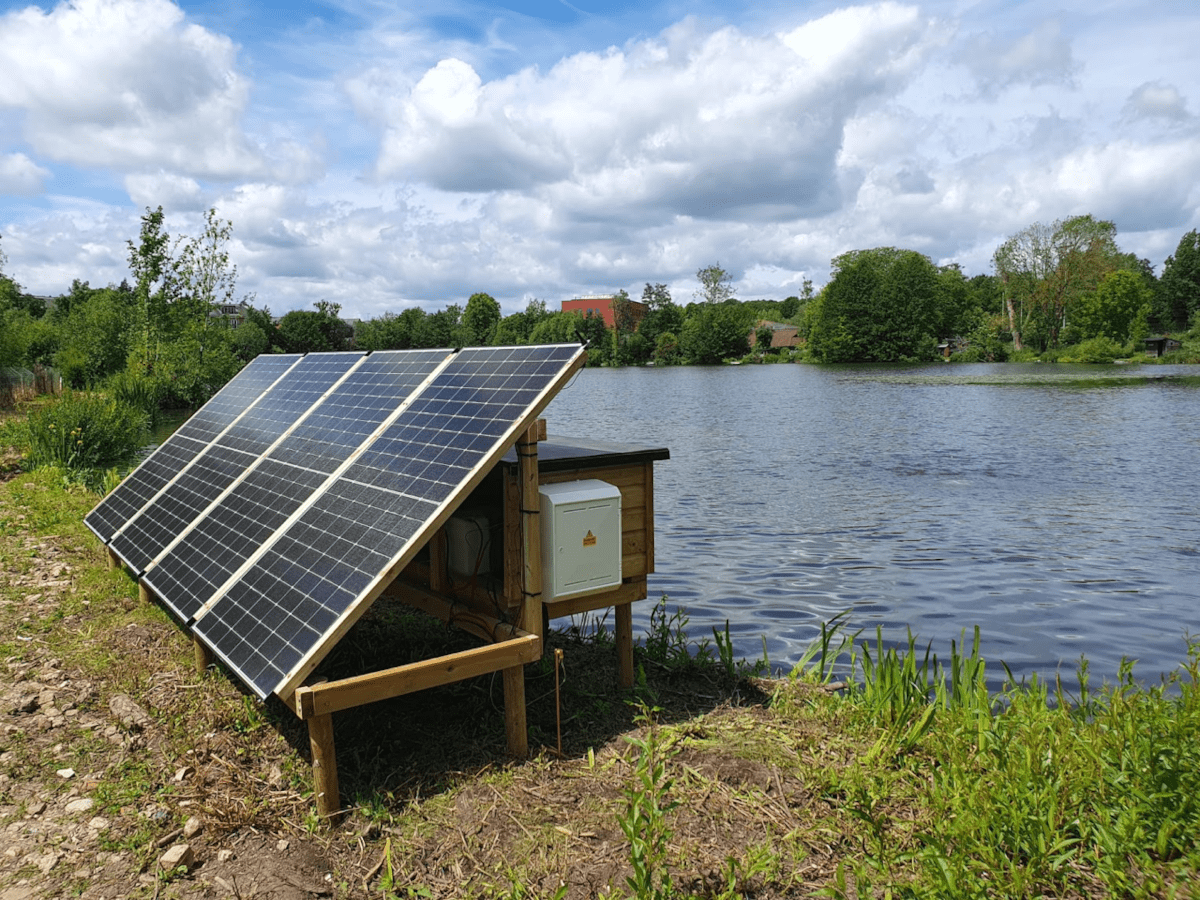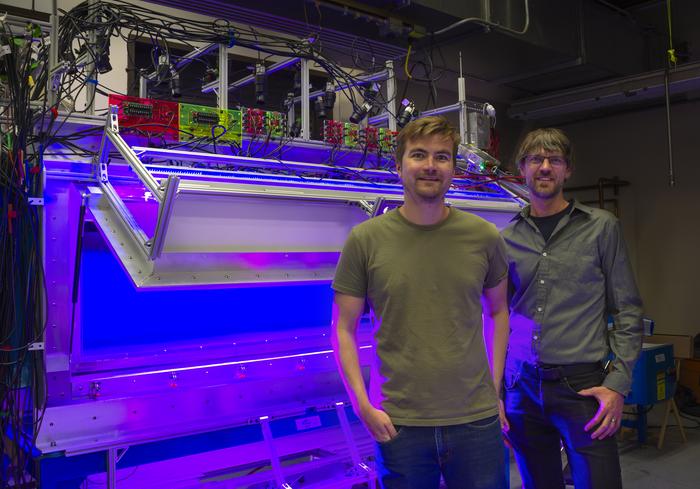Converting hydraulic energy to electricity is suggested as a solution to common challenges in water treatment, in a recent article in the journal Engineering.
Water treatment processes are essential for managing water quality, but certain problems endure across many different approaches, notably the fact that the large amount of hydraulic energy present in these processes often goes to waste. At the same time, the application of external sources of electricity to water treatment (to drive processes like electrolysis or electrooxidation) faces hurdles like the complexity and inconvenience of the equipment required, high energy consumption, and unwanted faradic reactions in aqueous systems.
The researchers suggest piezoelectricity as a solution. It serves as a direct, hydraulic energy-harvesting mechanism. Piezoelectric materials, when exposed to mechanical strain, generate an asymmetric shift of charged particles or ions, allowing the conversion of hydraulic pressure into electricity. Their apparent promise in water treatment is down to their high electromechanical coupling capacity, high power density, and ability to function across a wide range of frequencies.
The study explores a few variants of the technology. For example, self-cleaning piezomembranes are said to show great potential. Pressure-driven membrane technology is widely used in water treatment, but membrane fouling remains a major obstacle. By integrating piezoelectric materials into membranes, hydraulic pressure pulses can be transformed into electroactive responses. This results in the generation of reactive oxygen species and dielectrophoretic forces, which help in degrading and repelling pollutants without the need for additional chemical cleaning agents or external stimuli.
Secondly, piezoelectricity can regulate catalytic reactions. In heterogeneous catalysis, modulating the electronic structure of catalysts is crucial for precise catalytic regulation. The in situ electric field created by piezoelectricity can effectively adjust the activation and conversion of molecules, as well as their activity and selectivity in various catalytic reactions. For instance, a floatable piezo – photocatalytic platform has been shown to achieve significant self – purification of polluted rivers by harnessing natural water waves and solar light.
Finally, sludge piezo-dewatering and sterilization appear to be areas where this technology can make a big difference. Current sludge dewatering methods are expensive and energy – intensive, often causing secondary pollution. Piezo-dewatering, driven by the natural pressure during the dewatering process, can lead to electroporation of microbial cell membranes, electro-osmosis, and electromigration, promoting both dewatering and sterilization.
Although the group says this concept shows great promise, there are still challenges to be addressed. The fundamental physicochemical transduction mechanism needs further elucidation, and more research is needed to determine the long-term stability and recyclability of piezoelectric materials in aqueous environments.
The new approach might enable more sustainable, efficient, and cost-effective water-treatment.
The paper “In Situ Conversion of Universal Hydraulic Energy to Electricity to Address Common Challenges in Water Treatment,” authored by Qiancheng Xia, Xinrong Fang, Jiaming Yao, Xiaohan Yang, Yongguang Bu, Wenkai Zhang, and Guandao Gao, is available here: https://doi.org/10.1016/j.eng.2024.11.009.



